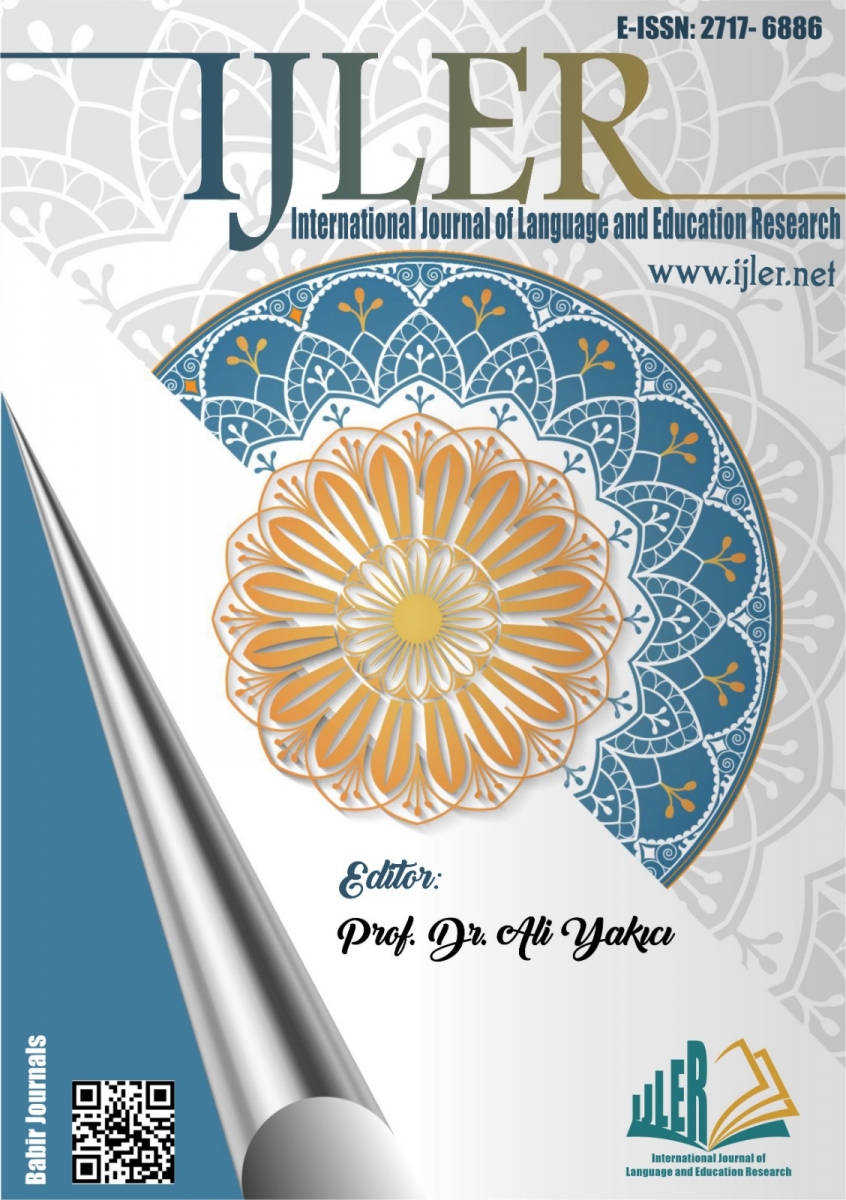Research article | Open Access
International Journal of Language and Education Research 2025, Vol. 7(1) 13-23
Negative Transfer Of Topic-Comment Structures: Causes and Implications
pp. 13 - 23
Publish Date: April 30, 2025 | Single/Total View: 43/84 | Single/Total Download: 45/103
Abstract
This study investigates students’ reflection on their negative transfers of topic-comment structures from Vietnamese to English in English as a Foreign Language (EFL) classes. Data was collected from students’ responses to the questionnaire. Data analysis revealed eight reasons for students’ incorrect translation, of which that the structure has not been taught yet is the most influential. Noticeably, students blamed objective more than subjective factors for their own translation errors. The current research also attempted to suggest some useful implications in order to help Vietnamese learners of English avoid negative transfer from Topic-Comment sentences from Vietnamese into the English language and improve their translation skill as well as to make the process of EFL teaching and learning language better.
Keywords: EFL classes, Negative transfer, Topic-comment sentences, Topic-comment structures
APA 7th edition
Lien, T.T.T. (2025). Negative Transfer Of Topic-Comment Structures: Causes and Implications. International Journal of Language and Education Research, 7(1), 13-23.
Harvard
Lien, T. (2025). Negative Transfer Of Topic-Comment Structures: Causes and Implications. International Journal of Language and Education Research, 7(1), pp. 13-23.
Chicago 16th edition
Lien, Tran Thi Thuy (2025). "Negative Transfer Of Topic-Comment Structures: Causes and Implications". International Journal of Language and Education Research 7 (1):13-23.
Eggins, S. (1994). An introduction to systemic functional linguistics. http://ci.nii.ac.jp/ncid/BA23120355
Fawcett, P. (1997). Translation and Language (1st ed.). Routledge. https://doi.org/10.4324/9781315760483
Fujiwara, Y., Iwao, T., Ito, H., & Naka, K. (2024). Exploring the transfer of topic-comment structures called unagi-sentences in Asian L2 Englishes: cross-proficiency-level and cross-varietal studies. Asian Englishes, 27(1), 25-40. https://doi.org/10.1080/13488678.2024.2428903
Halliday, M.A.K., Matthiessen, C.M.I.M., Halliday, M., & Matthiessen, C. (2004). An Introduction to Functional Grammar (3rd ed.). Routledge. https://doi.org/10.4324/9780203783771
Li, C. N. & Thompson, S. A. (1976). Subject and Topic: A New Typology of Language. Subject and Topic (457-489). Academic Press.
Nehaniv, C. L. (2000). The making of meaning in societies: Semiotic & information-theoretic background to the evolution of communication. Longman Press.
Nehaniv, C. L. (2005). Open problems in the emergence of evolution of linguistic communication. Longman Press.
Sasse, Hans-Jürgen. (1991), Predication and Sentence Constitution in universal perspective. (1991). In De Gruyter eBooks (pp. 75-95). https://doi.org/10.1515/9783110870527-006
Tang, M., & Huang, Q. (2024). Crosslinguistic Influence of Topic and Subject Prominence Distinction on L2 Acquisition and Processing. Journal of Integrated Social Sciences and Humanities, 1(1), 1-7. https://doi.org/10.62836/jissh.v1i1.196
Wang, X. (2009). Exploring the negative transfer on English learning. Asian Social Science, 5(7), 138-143. https://doi.org/10.5539/ass.v5n7p138
